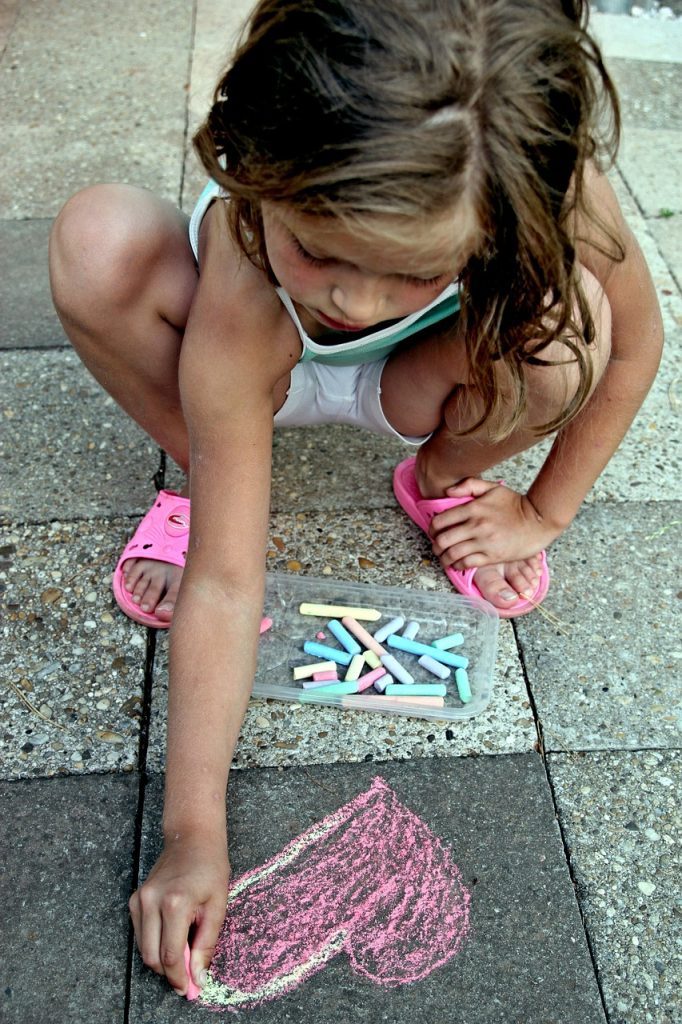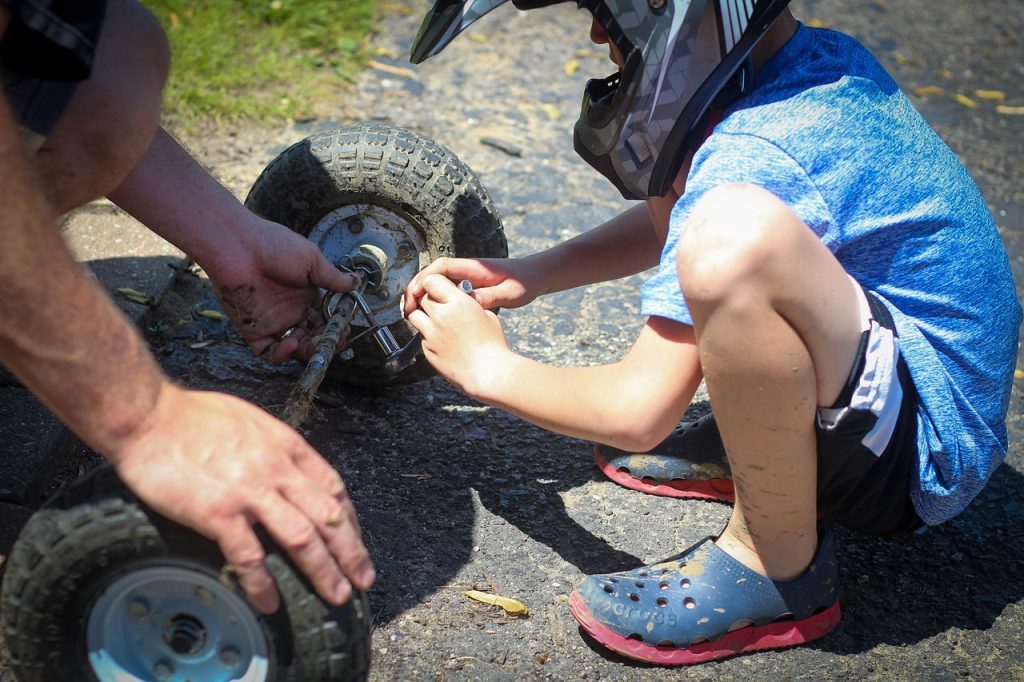
Technology, the T in STEM, is more than digital devices and electronic gadgets. It’s anything that makes life easier for the user by providing solutions, simplifying tasks, or improving overall efficiency.
Glancing around the room as I type this, I see all kinds of technology that enhance my life: window glass, hinges, my favorite mug, the couch I’m sitting on, shoes, lightbulbs, my iPad, scented candles, the hook where my keys hang so I don’t lose them, and so much more.
Whether it’s a simple tool or a sophisticated device, the essence of technology revolves around enhancing human experience and addressing practical needs to make daily life more convenient and productive.
More Than Screens
Technology doesn’t always mean devices with buttons, batteries, and screens. Young children, so new to the world, are constantly encountering new gizmos we adults take for granted that they are eager to explore: crayons and markers, buttons and zippers, staplers and scissors, glue and tape, light switches and doorknobs, and spoons and funnels. I could list things for paragraphs and paragraphs.
As parents and caregivers, understanding and embracing this broader definition of technology opens up immense possibilities for creating interesting and learning-rich environments for children.



While electronic devices certainly are tech and can play a role in early learning, there’s a unique magic in screenless experiences. Activities involving simple technologies like those listed above help lay the foundation for creativity, problem-solving, and critical thinking.
They also promote physical development, sensory integration, and social and emotional growth. Beyond that, fiddling with low-tech technology introduces kids to a plethora of everyday objects they need to master to navigate the world.
Technology Wrap-Up
Embracing a broader definition of technology opens up possibilities for early learning settings interested in supporting STEM play and exploration. Providing long blocks of uninterrupted, self-directed play and exploration and play is the most effective way to help young children benefit from such items.
Brought to you by Explorations Early Learning
Contribute content to Playvolution HQ
Thoughts On This Entry?
I’d love to hear your thoughts on improving this entry, your reaction to it, and suggestions for additional glossary additions in the comments below. You can also contact me with comments or concerns.

Post Author
Jeff Johnson is an early learning trainer, podcaster, and author who founded Explorations Early Learning, Playvolution HQ, and Play Haven.

Leave a Reply